Community
Info For
You have options in the branches of the U.S. armed services, The Army, Marine Corps, Navy, Air Force, Space Force and Coast Guard are the armed forces of the United States. The Army National Guard and the Air National Guard are reserve components of their services and operate in part under state authority.
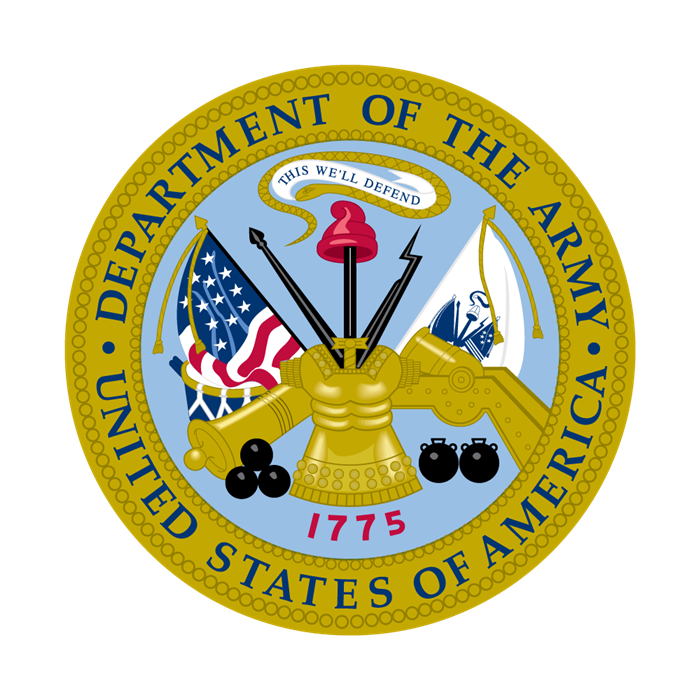
The United States Army defends U.S. interests and those of its allies through land-based operations anywhere in the world. Army personnel work in jobs ranging from general administration to the operation and maintenance of weapons, vehicles, aircraft carriers, and electronic systems.
The Army National Guard can be called to active duty as a reserve of the Army. The National Guard also assists during times of natural or other state emergencies. Recruiter: website
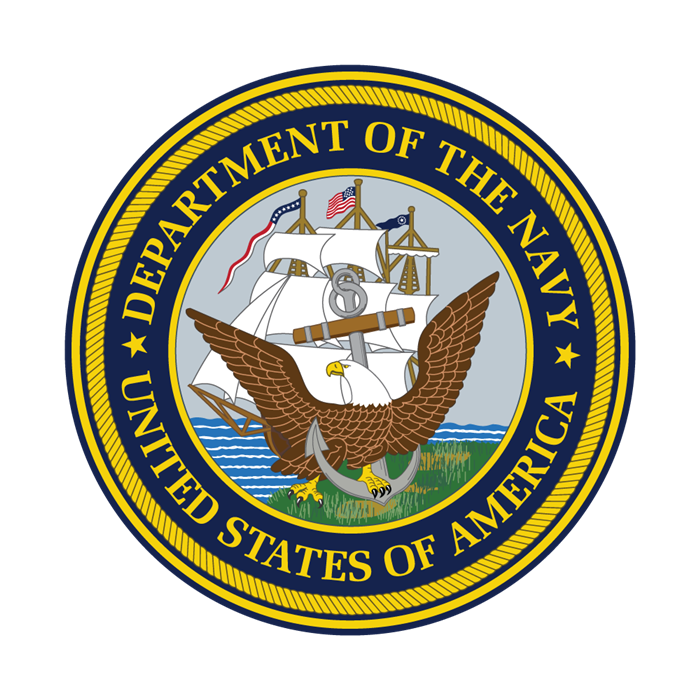
The United States Navy defends the right to travel and trade freely on the world's oceans and protects U.S. interests overseas during times of international conflict. They serve on ships, submarines, in aviation positions on land and sea, and at shore bases around the world. Recruiter: website

The United States Air Force flies aircraft, such as long-range bombers, supersonic fighters, and many others, to protect the interests of America and its allies. Recruiter: website
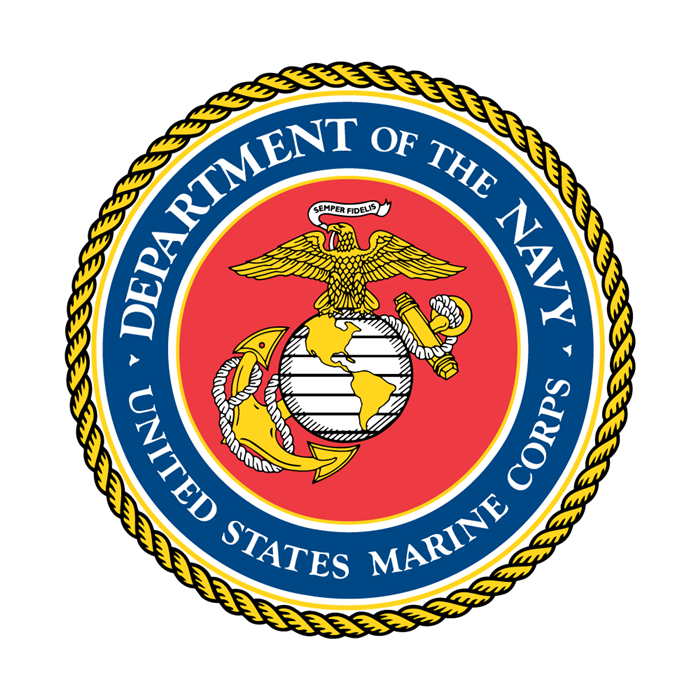
The United States Marine Corps is one of the most elite fighting forces in the world. Marines fly planes and helicopters, operate radar equipment, drive armored vehicles, and gather intelligence. Training programs emphasize the development of mental strength and physical prowess. Recruiter: website
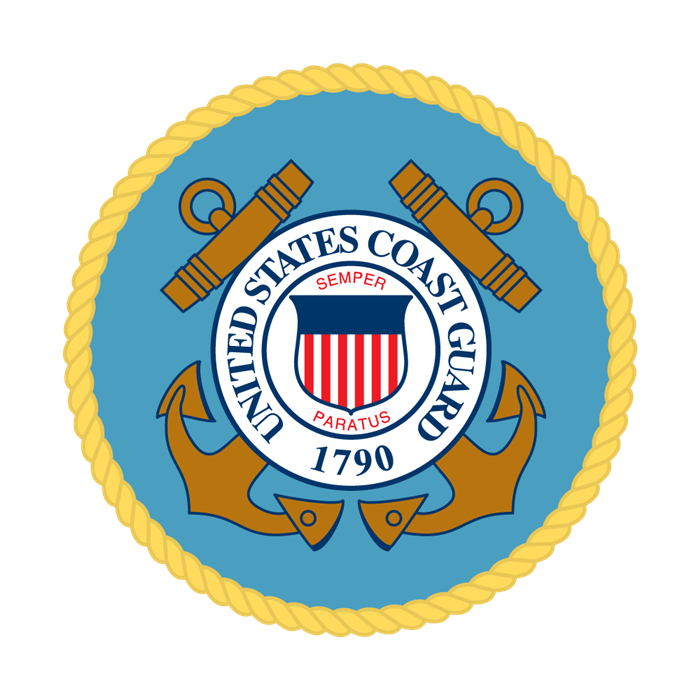
The United States Coast Guard - Protects U.S. coastlines and inland waterways by enforcing customs and fishing laws, combating drug smuggling, conducting search and rescue missions, maintaining lighthouses, and promoting boat safety. In times of war, the Coast Guard is under the command of the Navy. Recruiter: website
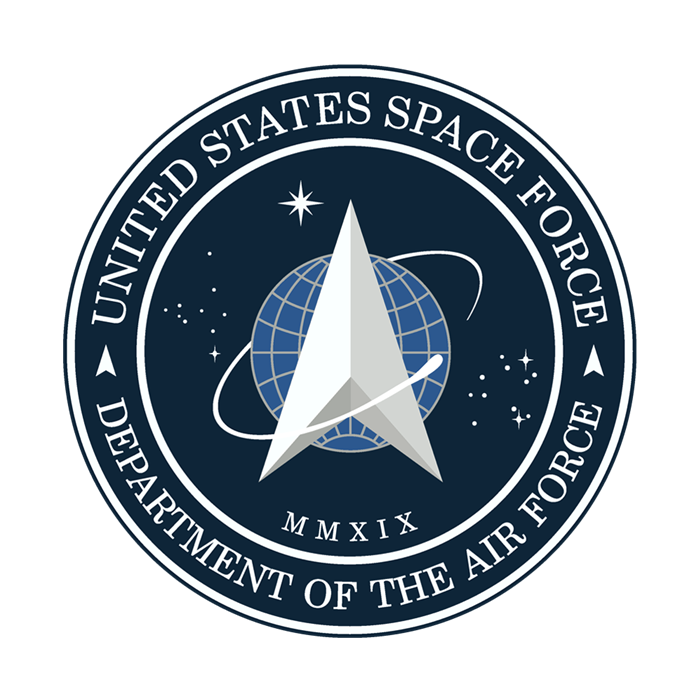
The United States Space Force organizes, trains, and equips space forces in order to protect U.S. and allied interests in space and to provide space capabilities to the joint force. The FY20 National Defense Authorization Act approved a new, independent Space Force within the Department of the Air Force. As this new military branch takes shape in 2020, we'll be recruiting the brightest minds in science, technology, aerospace, and engineering to meet its needs. Join us. The future is where we'll make history. Recruiter: website
Becoming enlisted personnel or warrant officer
Enlisted personnel carries out the fundamental operations of the military. Their roles are like those of company employees and supervisors. Each service of the military has different enlistment programs and offers training and employment in more than 2,000 enlisted specialties.
General eligibility. High school graduation is one requirement for enlisted personnel who are between 17 and 35 years of age (varies by service). Recruiters can explain eligibility differences based on what training and assignments match the applicant's interests. Applicants are sent to a Military Entrance Processing Station (MEPS) for a physical examination. They then take the Armed Services Vocational Aptitude Battery (ASVAB). The results of these determine basic eligibility and training program qualifications.
Training. Recruits go to basic training (also known as recruit training) to gain physical conditioning and essential knowledge and skills. Recruits are trained by other enlisted personnel in groups of 35 to 80. Daily routines are rigorous. Most days start at 5 a.m. and last until 9 p.m. and include classes, meals, athletics, and field training. Little free time is available and travel is limited. Vacation time is not authorized until the recruit has completed basic training and enters advanced training.
Advancement. Enlisted personnel can progress through nine pay grades during their careers. Each service sets minimum standards for the length of service and time required in a pay grade before being eligible for a promotion to the next higher one. Factors for promotion include:
Length of service
Time in present pay grade
Job performance
Leadership ability
Awards or commendations
Job specialty
Enlisted personnel in the Army, Navy, and Marines can apply to become warrant officers, who are the technical experts in the military. They are generally selected from active-duty enlisted personnel in a competitive selection process and receive specialized advanced training in their technical area. Each service also has programs that allow selected enlisted personnel to become commissioned officers.
Becoming an officer
Officers are the leaders of the military, similar to corporate executives or managers. They work closely with more senior officers to supervise groups of enlisted people. As officers advance in responsibility and rank, they direct more enlisted personnel, begin to lead other officers, and may eventually become the senior leaders and managers of the military.
General Eligibility. The minimum age varies by service. For service academies, like the U.S. Naval Academy, enrollees must be between the ages of 17 and 22. Reserve Officer Training Corps (ROTC) enrollees must be between the ages of 17 and 21. Officer Candidate School (OCS) enrollees are between the ages of 19 and 29. The National Guard may choose to enroll soldiers in the OCS program up to age 35.
Training. Officers usually begin their careers by gaining experience in a chosen occupational field. They are generally college graduates. They also complete basic physical training while completing their education or afterward (varies by service).
Advancement. Officers can progress through 10 pay grades. Individual performance is compared with the performance of all other officers in similar pay grades. A selection board reviews every aspect of each officer's career performance to select those best qualified for promotion. Factors for promotion include:
Career-long performance of job duties, leadership, and management
The pursuit of, and success in, positions of increasing responsibility
Successful completion of required qualifications and professional military education
Appearance and behavior